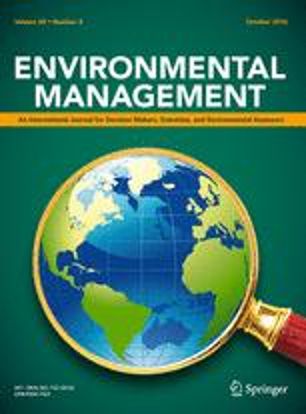Agriculture has high potential for stimulating economic growth in Sub-Saharan Africa (SSA) (Pengali 2006, Delgado 1995). Currently, the sector provides livelihoods for over 80 percent of the population (Falkenmark and Rockström 2005, World Bank 2000) and accounts for 70 percent of employment, 40 percent of exports and 33 percent of the gross domestic product (World Bank 2003). Despite this potential, agriculture is largely dominated by smallholder farmers practising subsistence farming and is largely undeveloped in several countries due to a range of technical, institutional and infrastructural constraints. Technical constraints often affect agricultural productivity, such as developing high-yielding, disease-resistant and resilient varieties and breeds, controlling diseases and pests, and on-farm natural resources management, including soil, water and biodiversity. They can also limit the capacity for storage, processing and product development. Institutional constraints include inappropriate policies, ineffective markets, and constraints related to the underdevelopment of support services, such as input supply chains, extension services and research organisations. These issues also relate to governance and management rules and how these apply to both intra- and inter-organisational interaction. Infrastructural constraints include a lack of roads, markets and storage facilities, among others.























